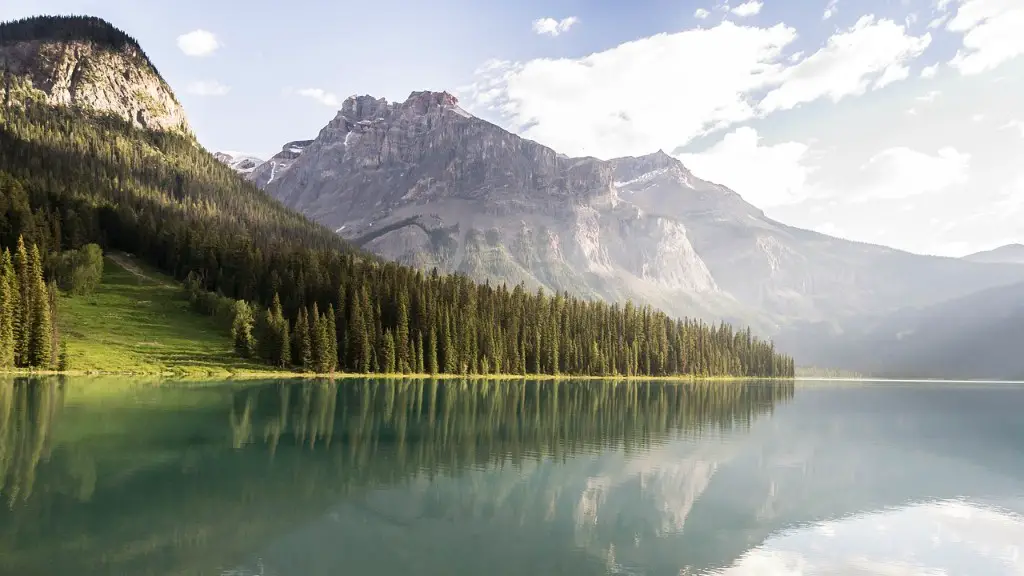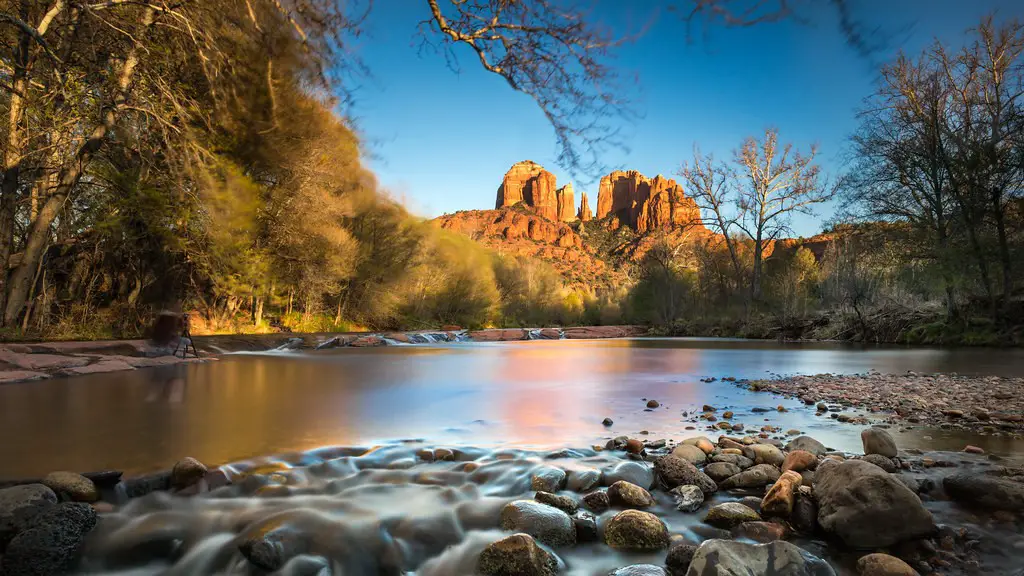Great River of the Americas
The Mississippi River is the largest river system in the U.S. and is the fourth largest river in the world. It is the second longest river in the United States, stretching over 2,348 miles, beginning in the northern part of Minnesota in Lake Itasca and ending in the Gulf of Mexico.
It drains 31 states and two Canadian provinces. Throughout its entire length it is a conducive habitat to an abundance of wildlife and numerous plants. Its drainage basin covers all or portions of 31 U.S. states and two Canadian provinces, from the Canadian border in the north to the Gulf of Mexico in the south.
It also serves as a major shipping and transportation route, playing a vital role in the economic development of the surrounding countries and regions. In addition, it serves as an important source of drinking water for over 18 million people living along its banks, from Minnesota to Arkansas, as well as supplying water for industries, agriculture and other basic needs.
The Mississippi River is unique in that its flow is heavily in favor of the North American continent, making it a great river of the Americas. Due to this, it has an influence on global climate and sea-level. The river carries a variety of minerals, nutrients and sediments, which it deposits into the continental shelf of the Gulf of Mexico, creating a rich environment for marine life.
While the significance of this river system is undeniable, many are unaware of the threats posed to its ecological health. The pollution from industrial sources, agricultural runoff and stormwater runoff are all contributing factors to the decline in the water quality of the Mississippi. The decline in water quality has dire consequences, including reducing conditions for fish and other aquatic life and reducing drinking water quality.
In fact, the pollutants in the Mississippi can travel for hundreds of miles in all directions, impacting the water quality in regions far from the source. The US Environmental Protection Agency has identified numerous chemicals, including metals, nutrients and pharmaceuticals, in the water that can be harmful to both human and aquatic life in the Mississippi River watershed.
The health of the Mississippi River is critical to the surrounding environment. It is essential that efforts are taken to protect and preserve this great river of the Americas. Currently, organizations such as the Mississippi River Basin Alliance are actively working to apply sustainable management practices, restore degraded habitats and reduce pollution.
Managing Flooding
The Mississippi River Basin is also vulnerable to flooding, requiring significant management efforts to protect lives and property. The US Army Corps of Engineers plays a major role in managing this risk by constructing and operating levees, floodways and dams across the basin.
Managing flooding is an ongoing battle, as excessive snowmelt, heavy rainstorms and fast-flowing channels can create quick-moving floodwaters that overwhelm existing barriers. Floods can cause the river to grow quickly and spread far beyond the river’s natural banks, causing extensive damage to property and infrastructure.
Safety is a primary goal of these plans, as the US Army Corps of Engineers works hard to reduce the risk of flooding to homes and businesses throughout the region. They also take measures to preserve key natural areas and ecosystems, such as wetlands, marshes and other habitats in the basin.
The Mississippi River basin also provides opportunities to identify cost-effective strategies to manage the risk of flooding beyond levees, dams and other built infrastructure. This requires an acute understanding of the basin’s floodplain, including a comprehensive understanding of interdependencies between land, water, nature and partners.
For instance, planting native vegetation that improves soil health while reducing sediment runoff can play an important role in reducing the risk of flooding downstream. Encouraging landowners to create wetlands, use porous surfaces and pursue integrated stormwater practices can all contribute to a more resilient basin.
Preserving Cultural Heritage
The Mississippi River is widely celebrated for its role in American culture and history, generating a strong sense of connection and belonging for many. Each culture group has its own unique relationship with the river, from Lakota and Dakota Tribes in the Upper Mississippi to African Americans in the Lower Mississippi.
In recent years, the National Park Service has worked to preserve these cultural connections by collaborating with tribal nations to research, document and protect Native American resources along the Mississippi. The Park Service has also partnered with African American communities to document and protect sites associated with the African American experience throughout the Mississippi Delta.
Moreover, the National Park Service has recognized the importance of the art, music and literature of the Mississippi River region, creating a National Trail of Tears and Mississippi National River and Recreation Area, the latter of which receives over 6.5 million visitors each year.
The Mississippi River has the power to evoke strong emotions for many, in recognition of its place in history, culture and heritage. Overall, the Mississippi River has played an indispensable role in shaping the way of life and identity of many Americans, from the Upper to the Lower Mississippi.
Future Challenges
As with all great rivers, the Mississippi River faces considerable threats from climate change, population growth, and industrial development. With rising sea-levels and higher temperatures in the region, the future health of the river is uncertain.
The increasing demand for energy, transportation and land development are all exacerbating the water quality and quantity issues in the basin. The high concentration of contaminants and pollutants in the water means that it is not suitable for drinking or any other human use.
In addition, habitat degradation and fragmentation are also significant issues. These unchecked trends are projected to have a long-term negative impact on the river’s aquatic, riparian, and wetland habitat and the species that inhabit them.
What’s more, pressures like agriculture, livestock grazing, poaching, and increasing water demands are impacting wildlife and plant species as well, negatively altering the river’s delicate balance. The level of concern is such that the US Fish and Wildlife Service has identified several species that are at risk of going extinct if action is not taken.
The challenges the Mississippi River is facing are increasing in complexity. Protecting this vital waterway requires a concerted effort, involving the collaboration and collective action of stakeholders, businesses, communities, and citizens.
Conservation efforts
The conservation of the Mississippi River requires a multi-stakeholder approach that demands creative solutions across government, business, and civil society.Governments play a key role in conservation, providing legal protection for the river and its species.
For instance, the US Clean Water Act of 1972 restricts the amount of pollutants that can be discharged and regulates how the river is used by businesses and industries. In addition, the US Endangered Species Act of 1973 provides legal protection for threatened species in the river.
In addition, businesses also have a responsibility to ensure their activities are sustainable, from how they use the river to how they operate in the basin. Corporate social responsibility plans must support environmental protection and prioritize the benefit of the ecosystem.
Moreover, civil society can help to carry the message of sustainability and preservation to the public and help to raise awareness of the issues the river faces. Public education and engagement programs, such as the Mississippi River Network, work to strengthen this understanding and bring attention to issues such as water quality and ecosystem restoration.
It is clear that the Mississippi River provides a range of crucial services, from its important habitats and transportation networks to its influence on global climate. Governments, businesses, and civil society must come together if we are to protect and conserve this great river of the Americas.





